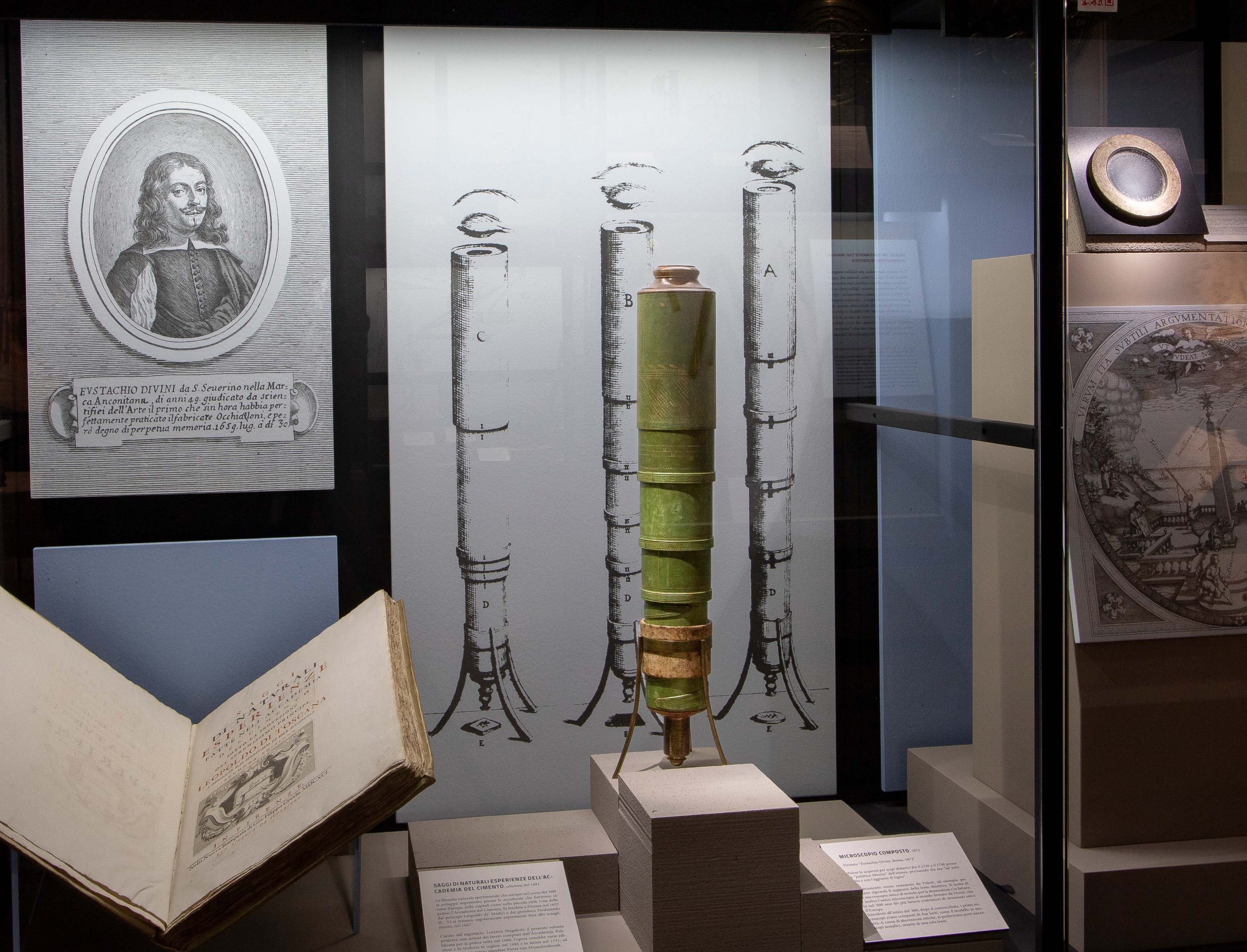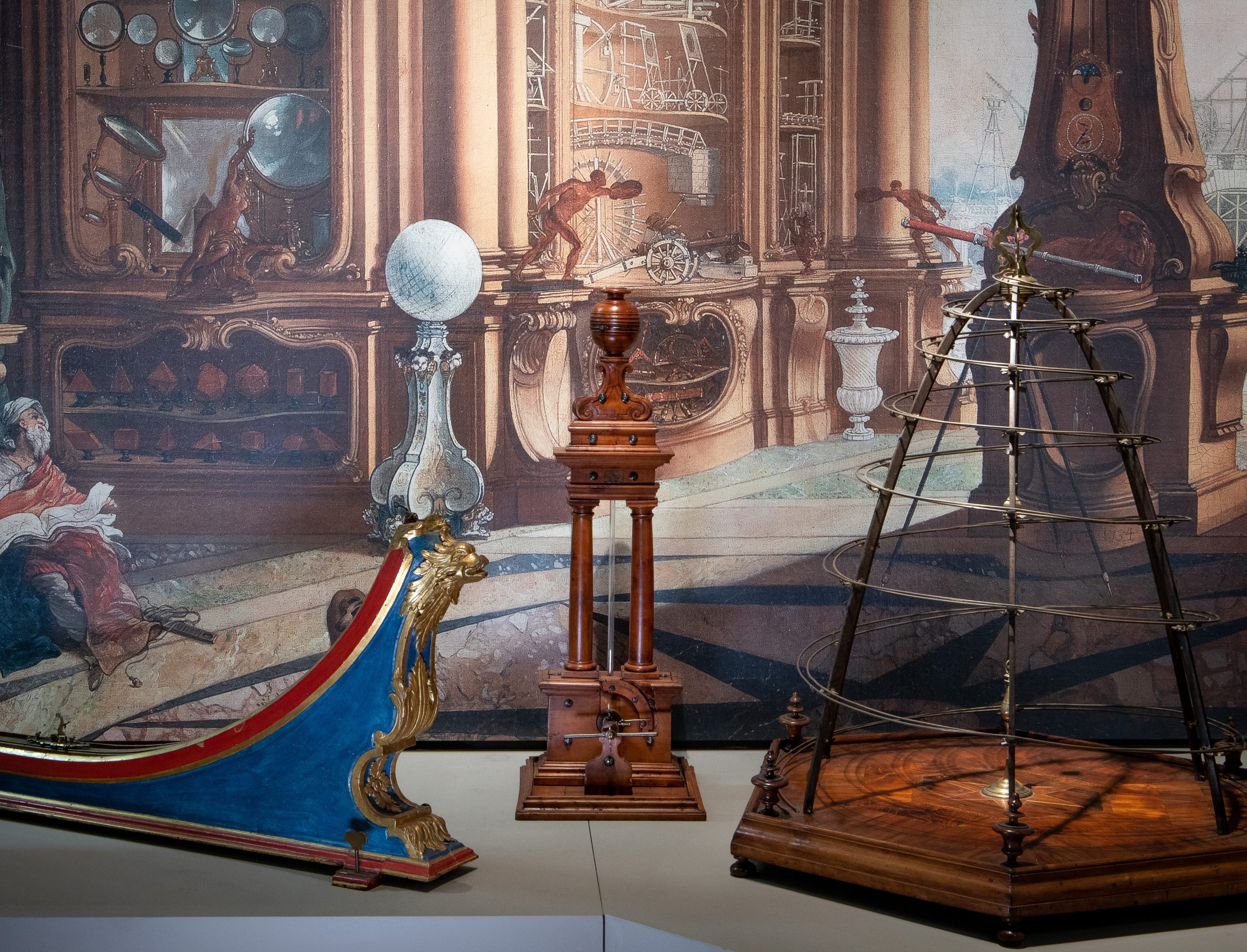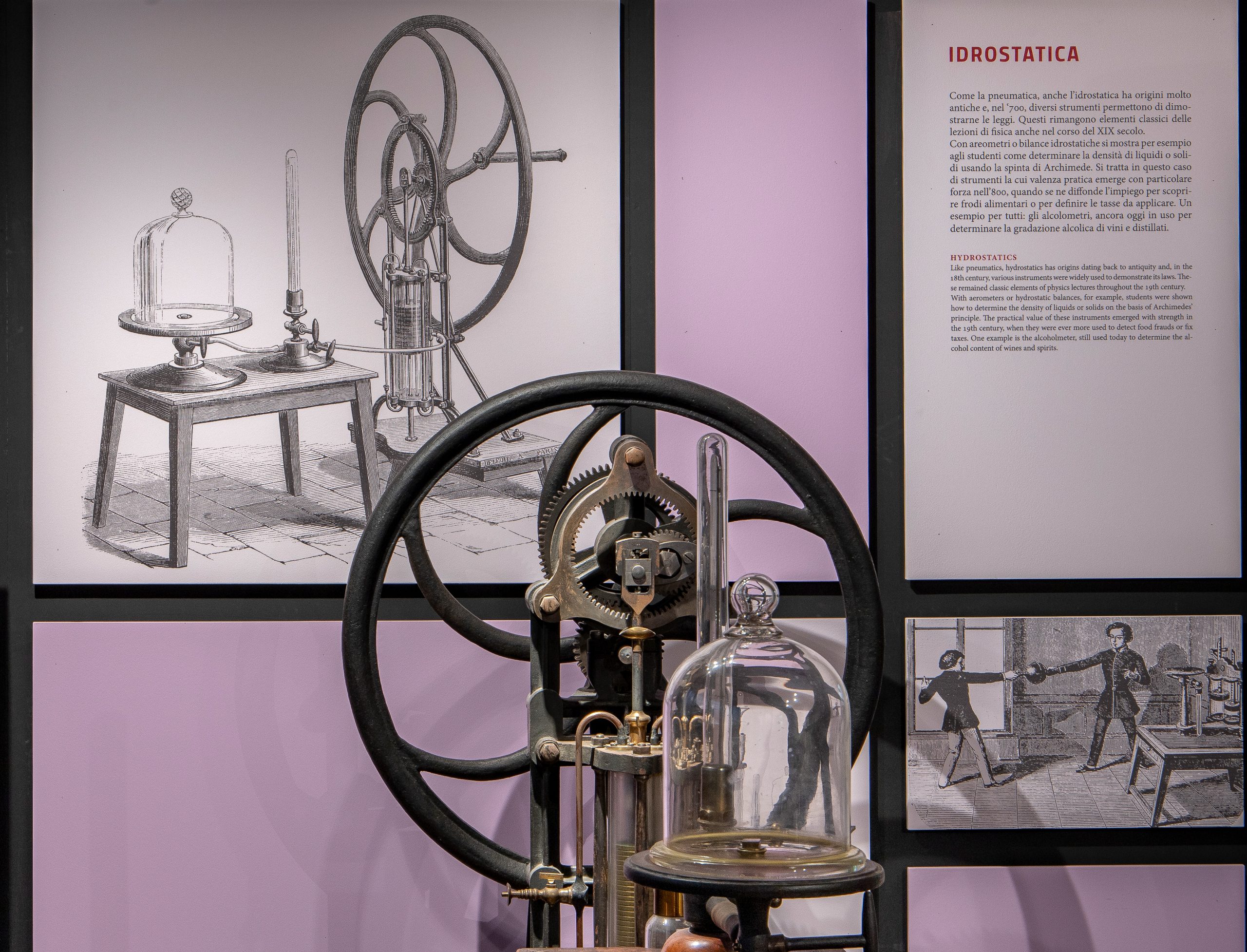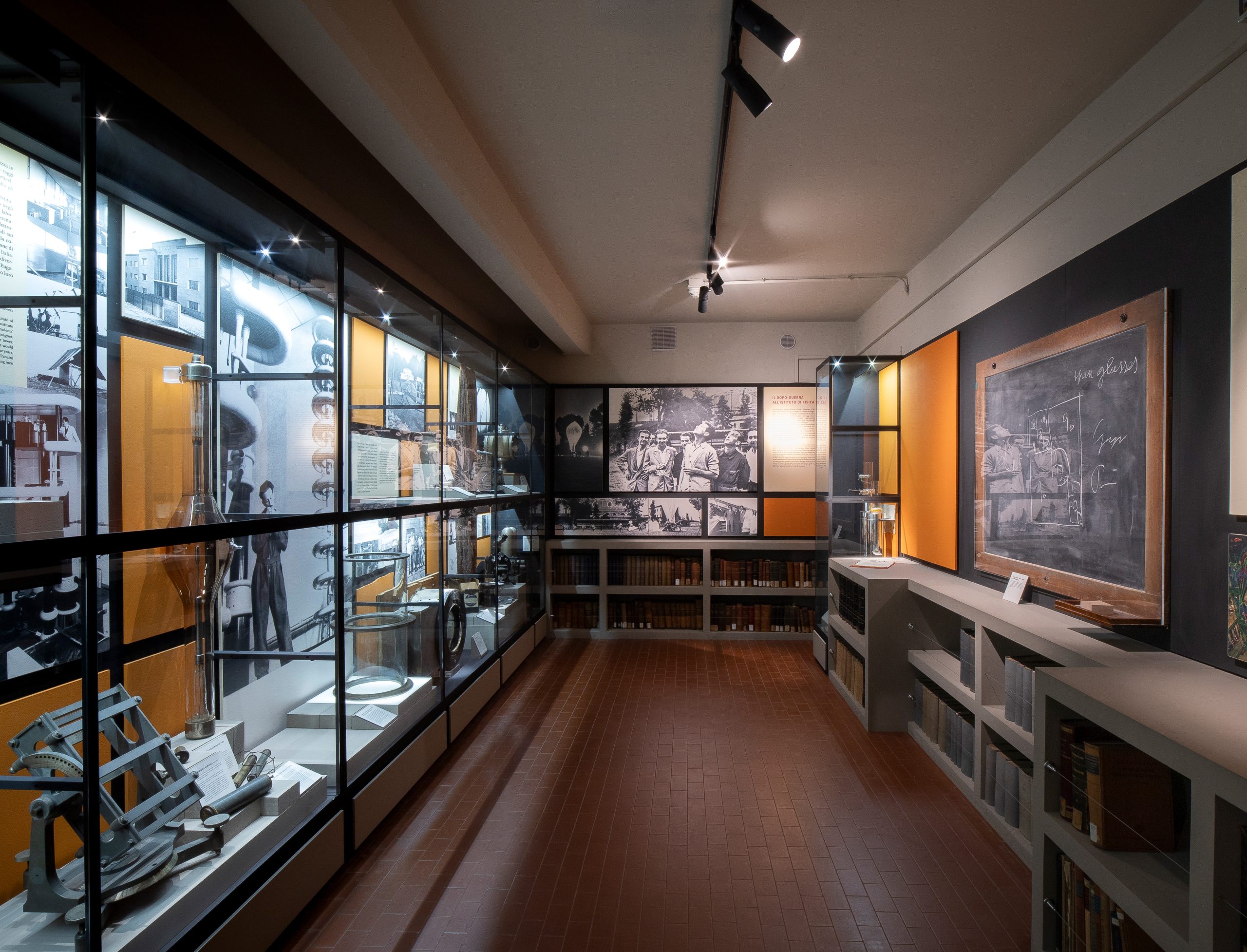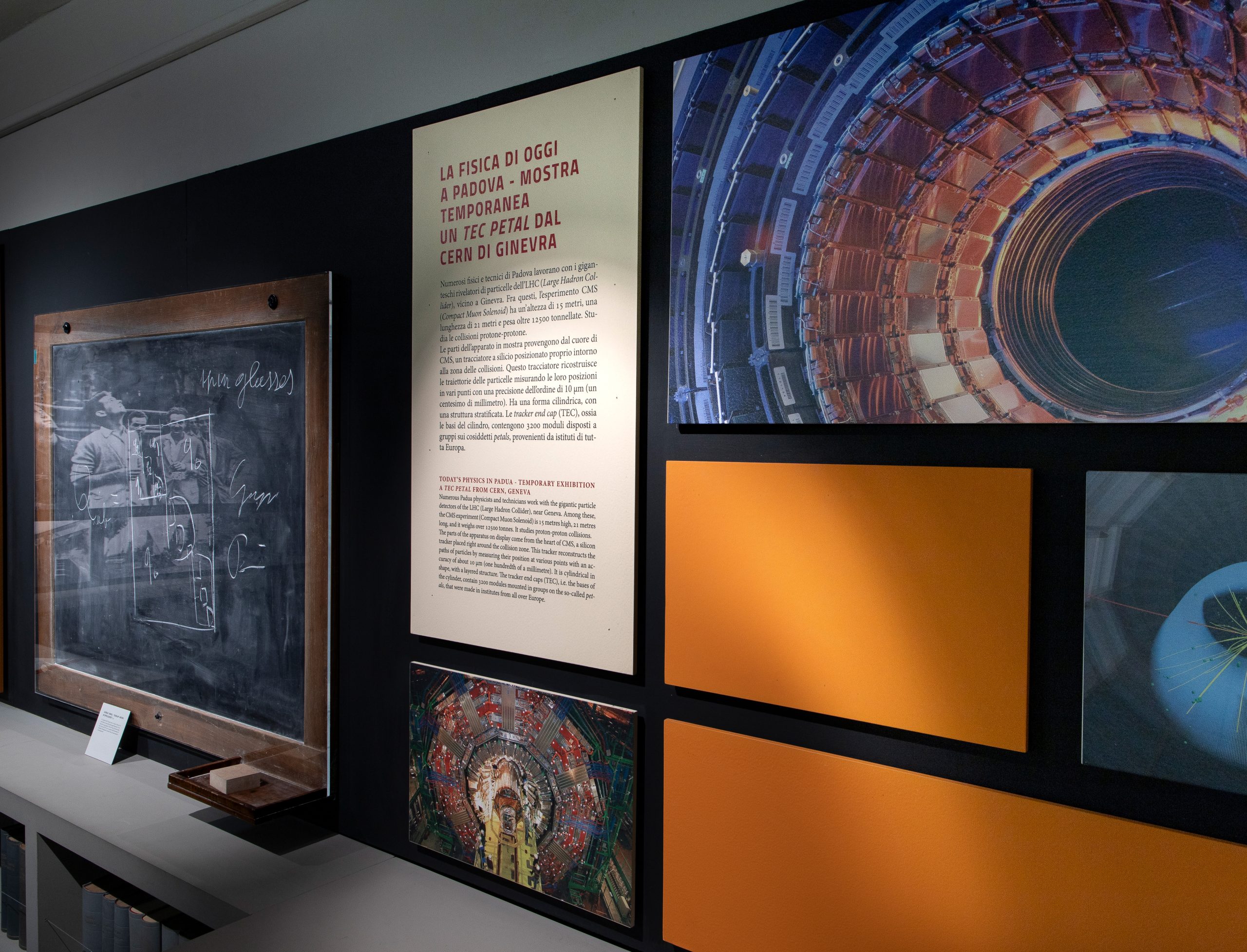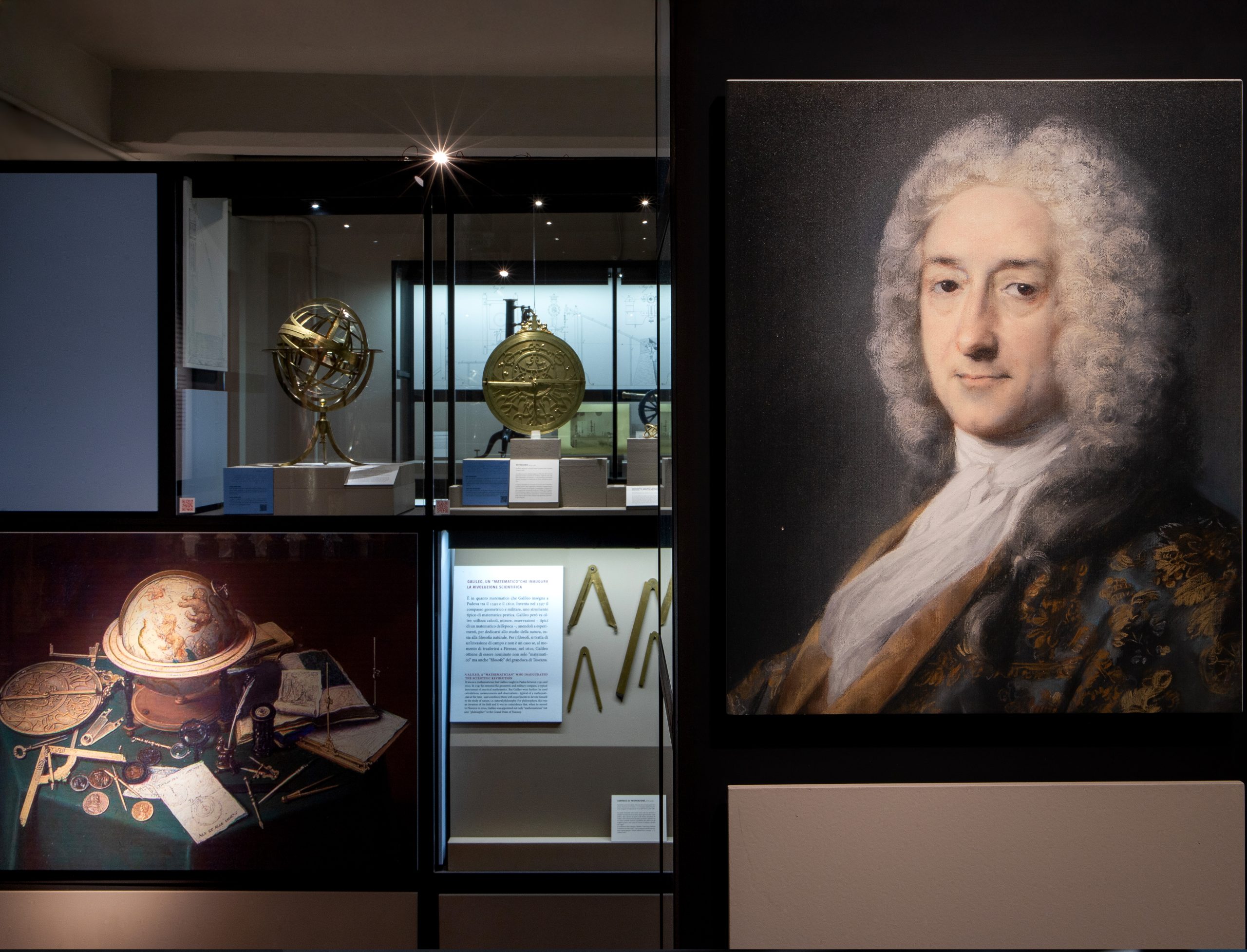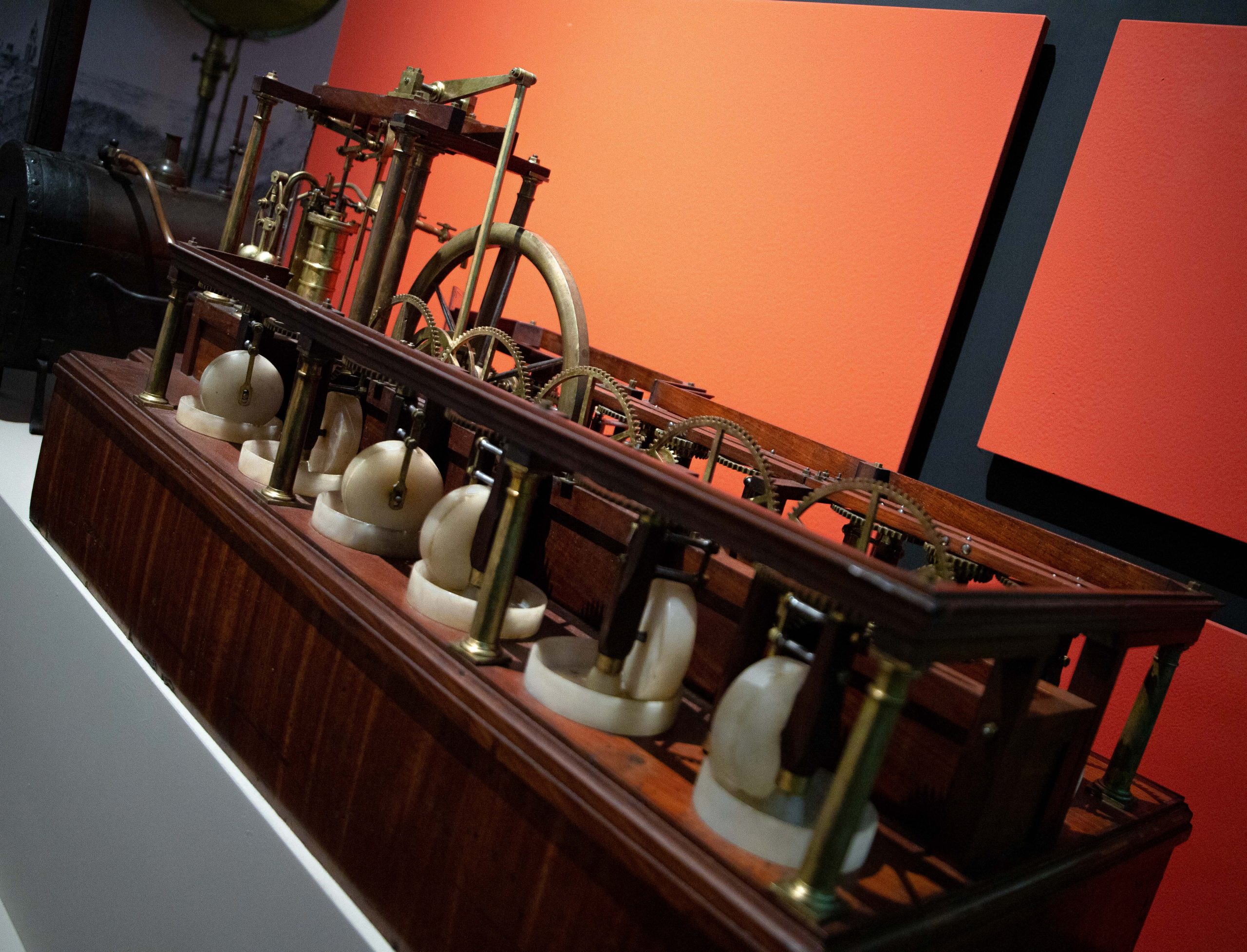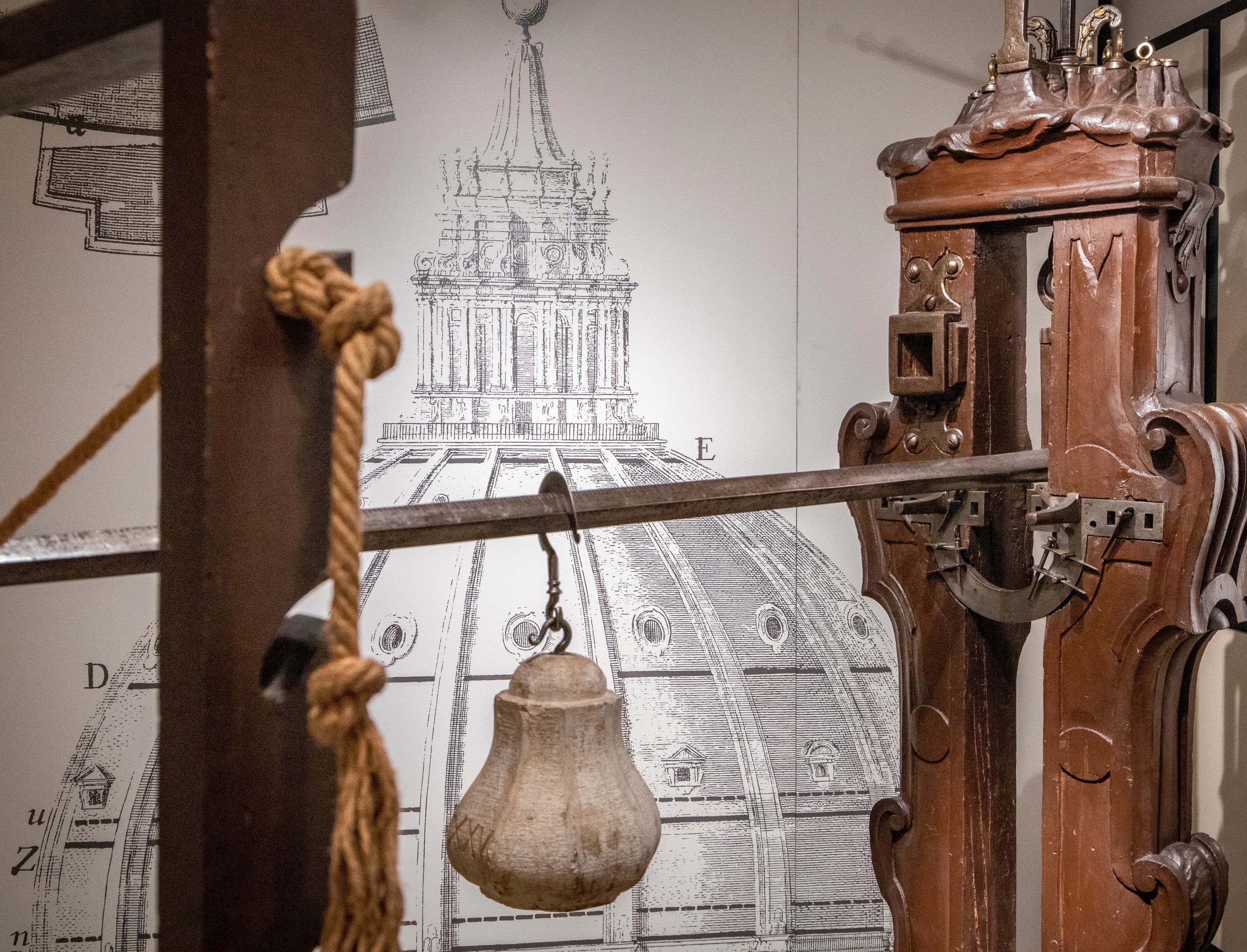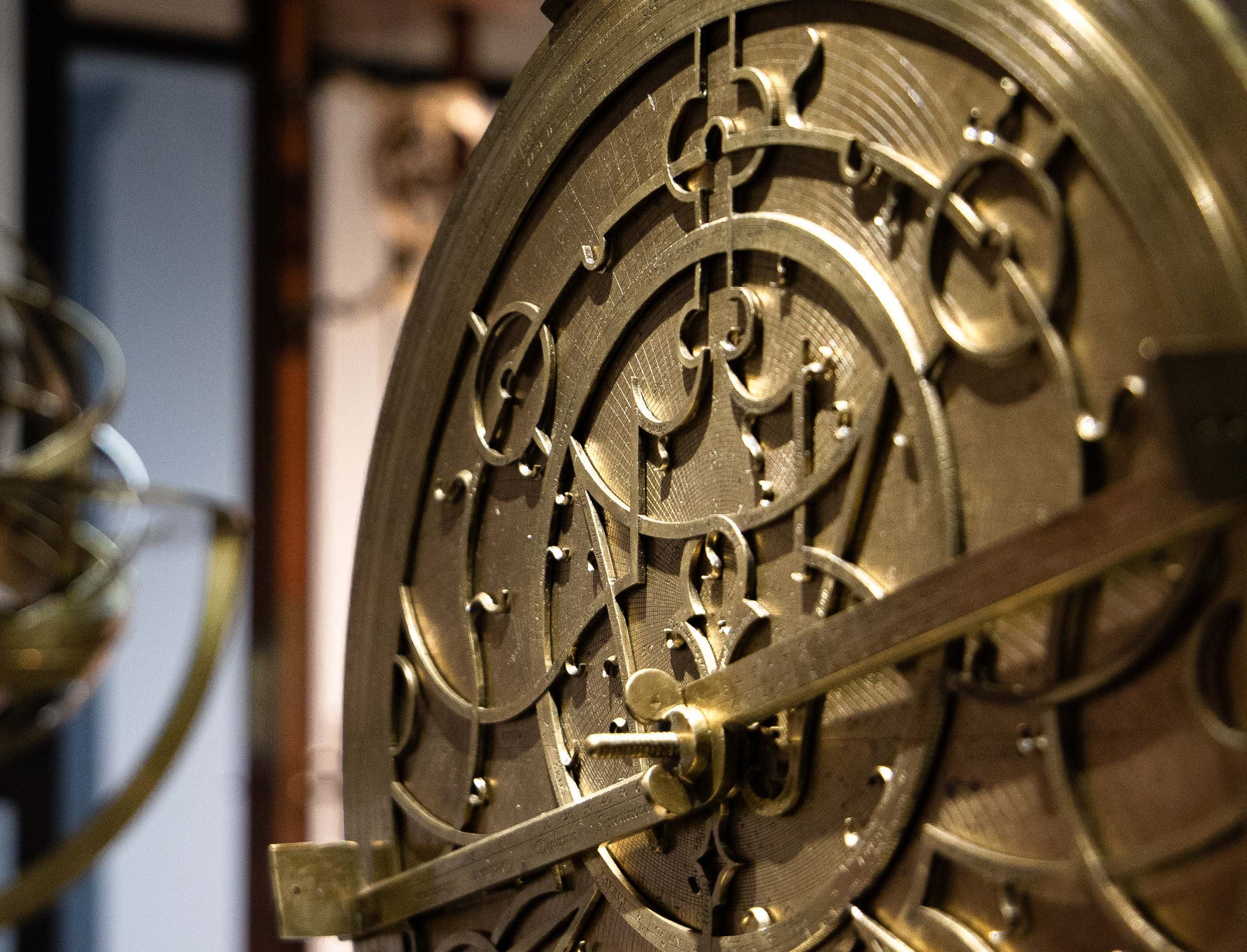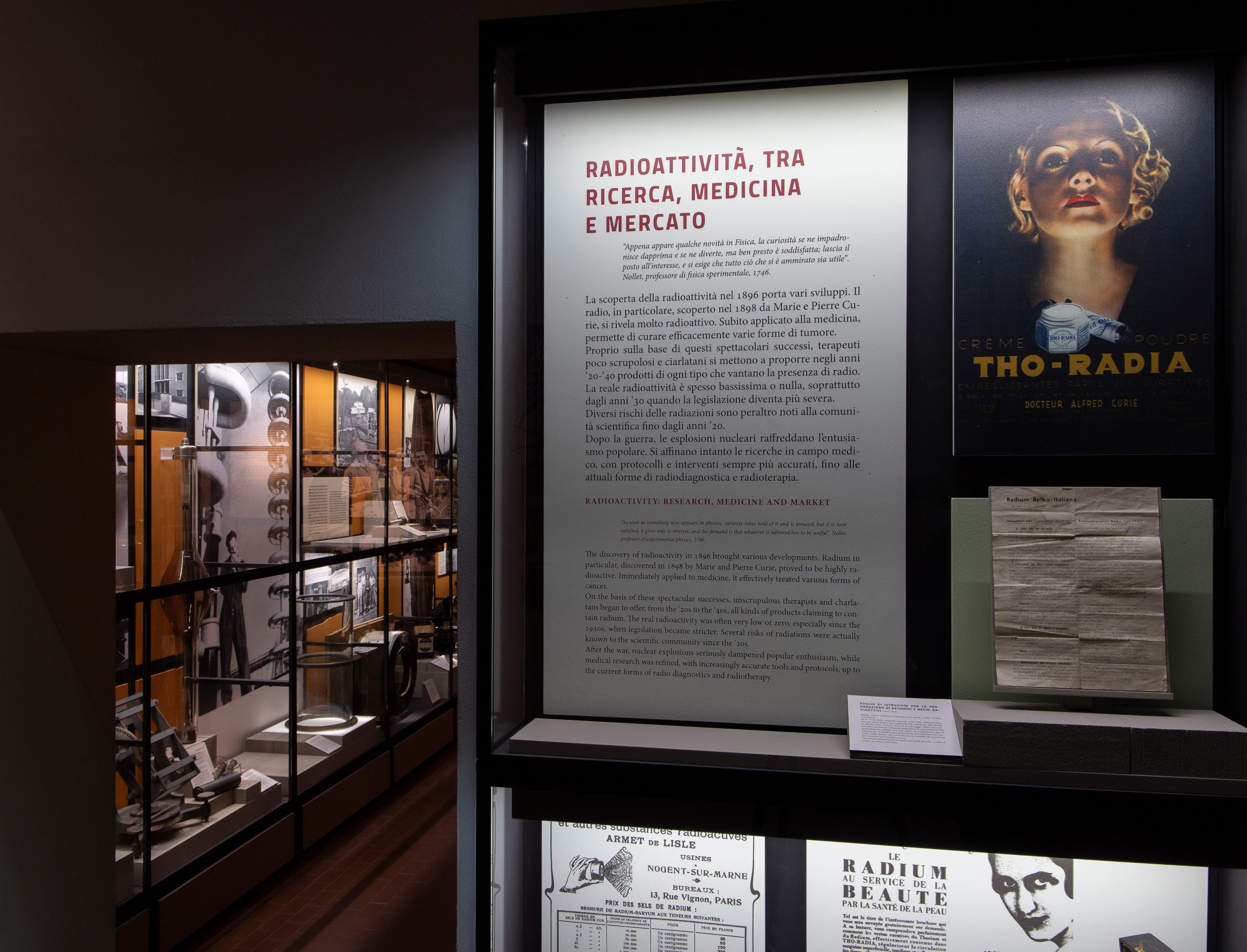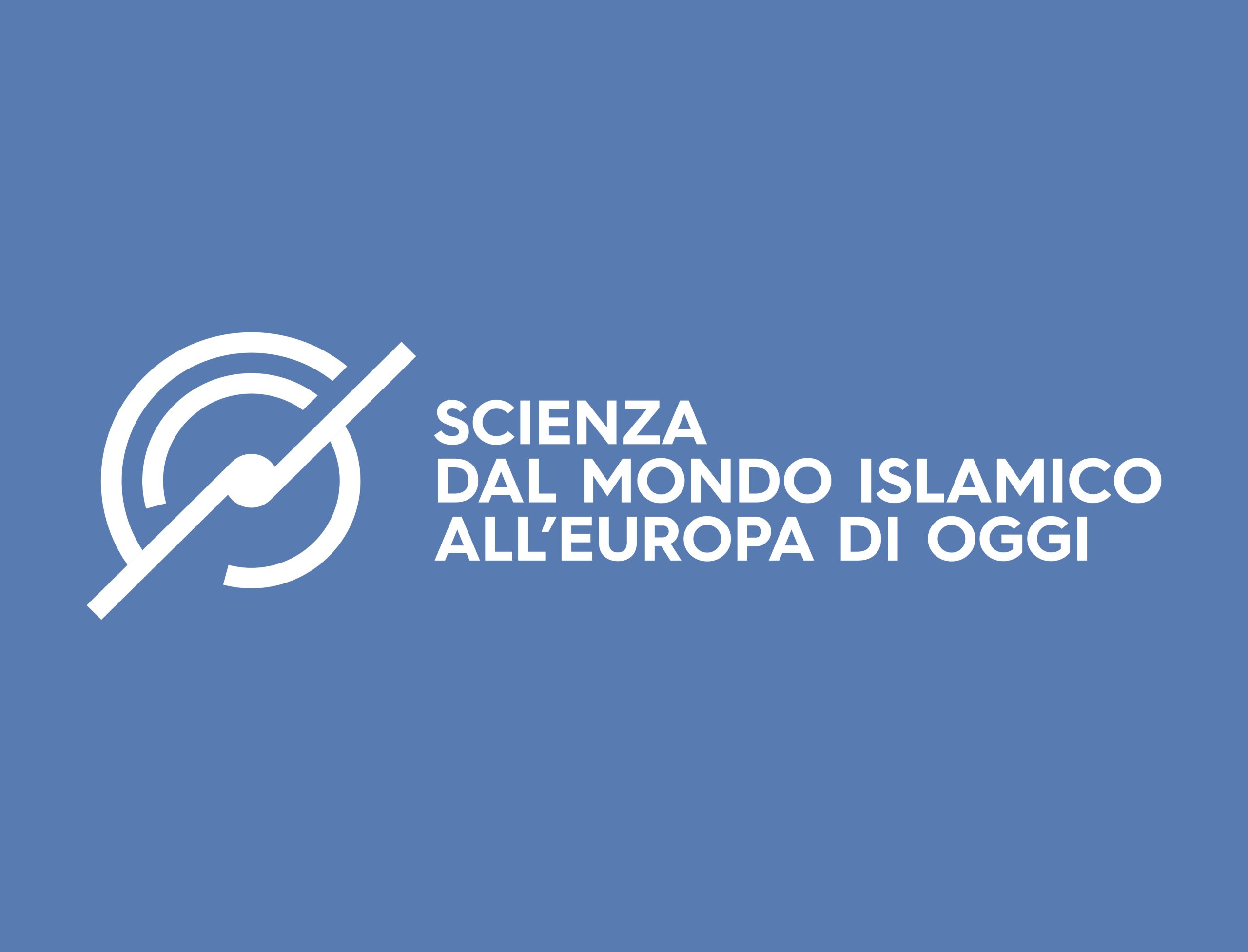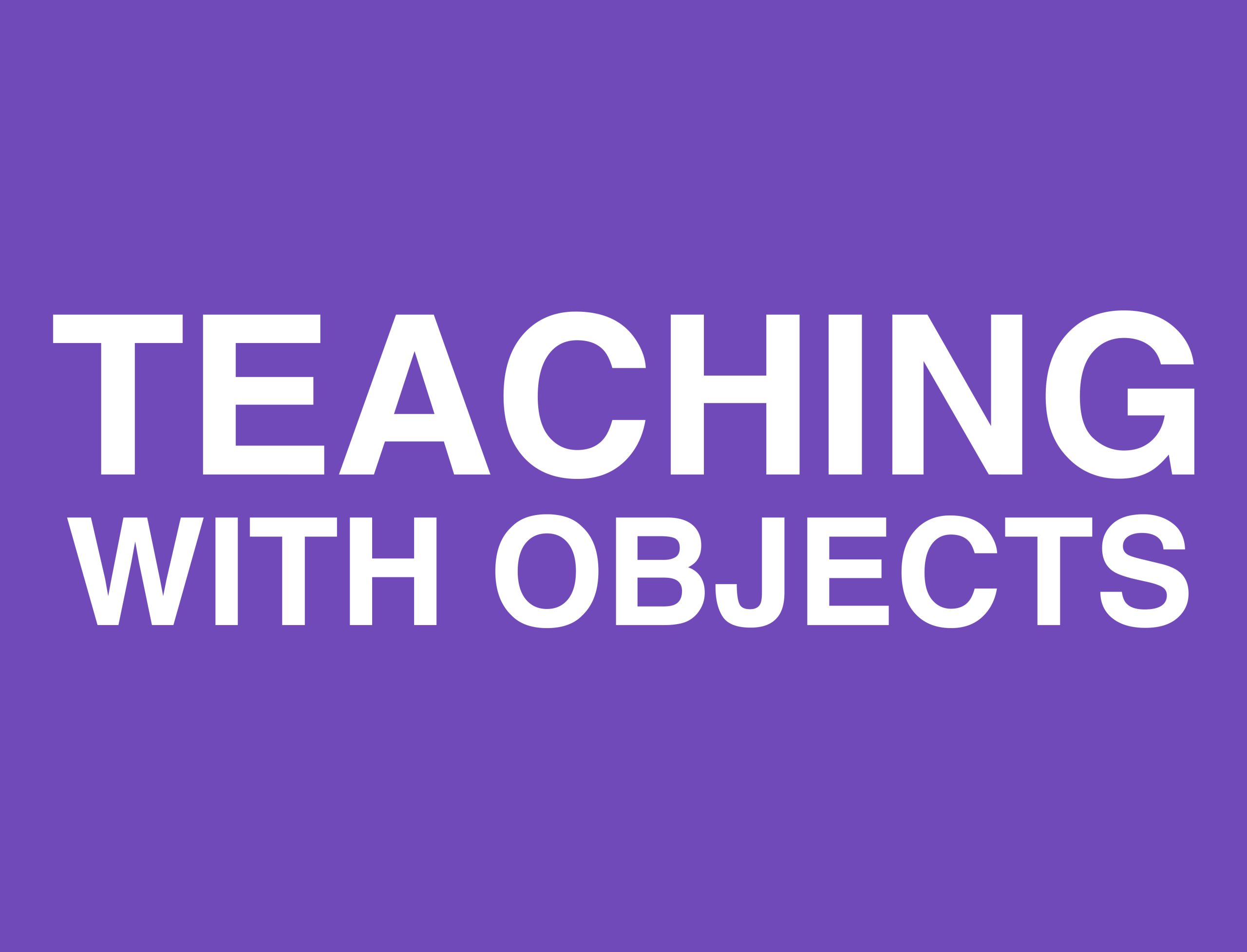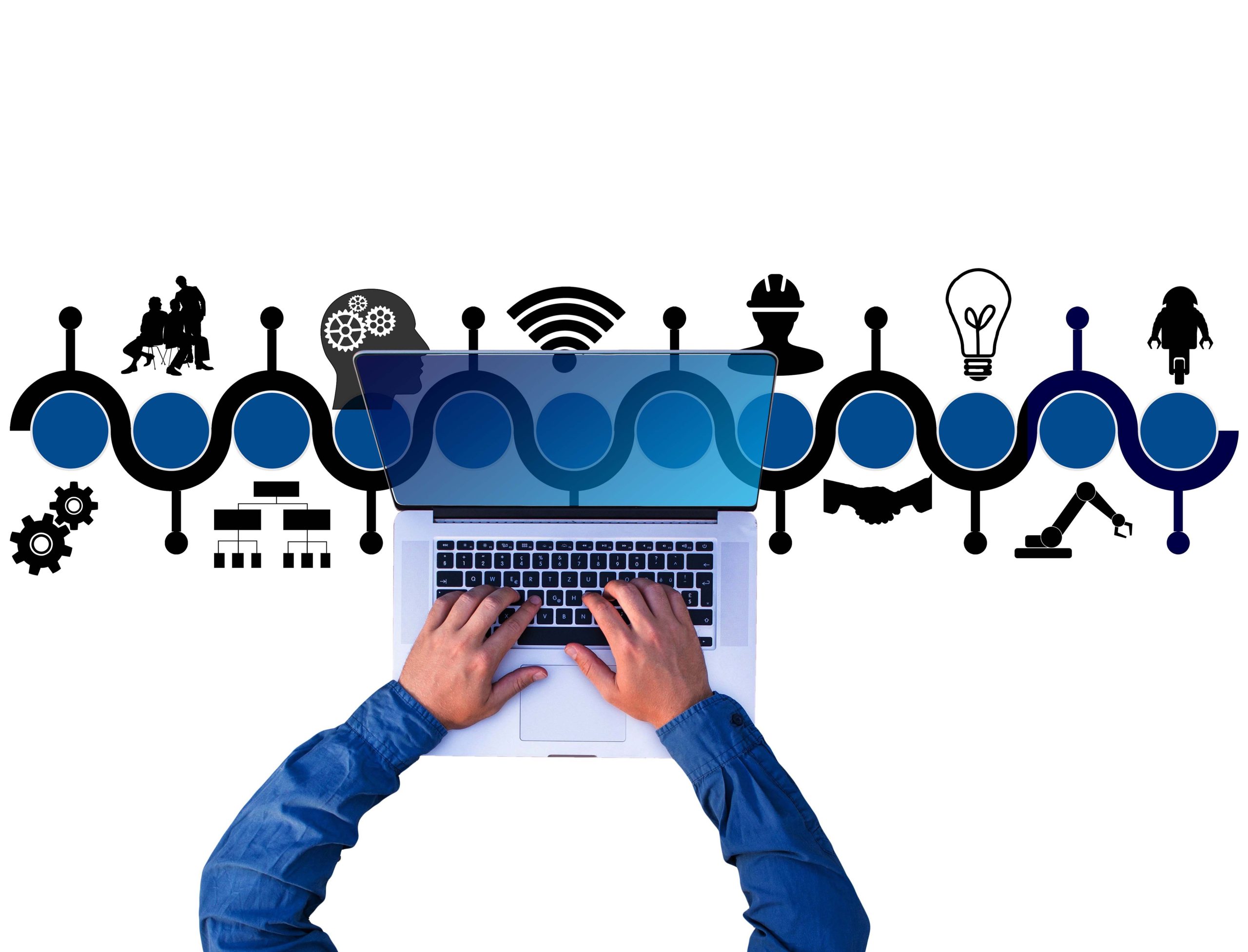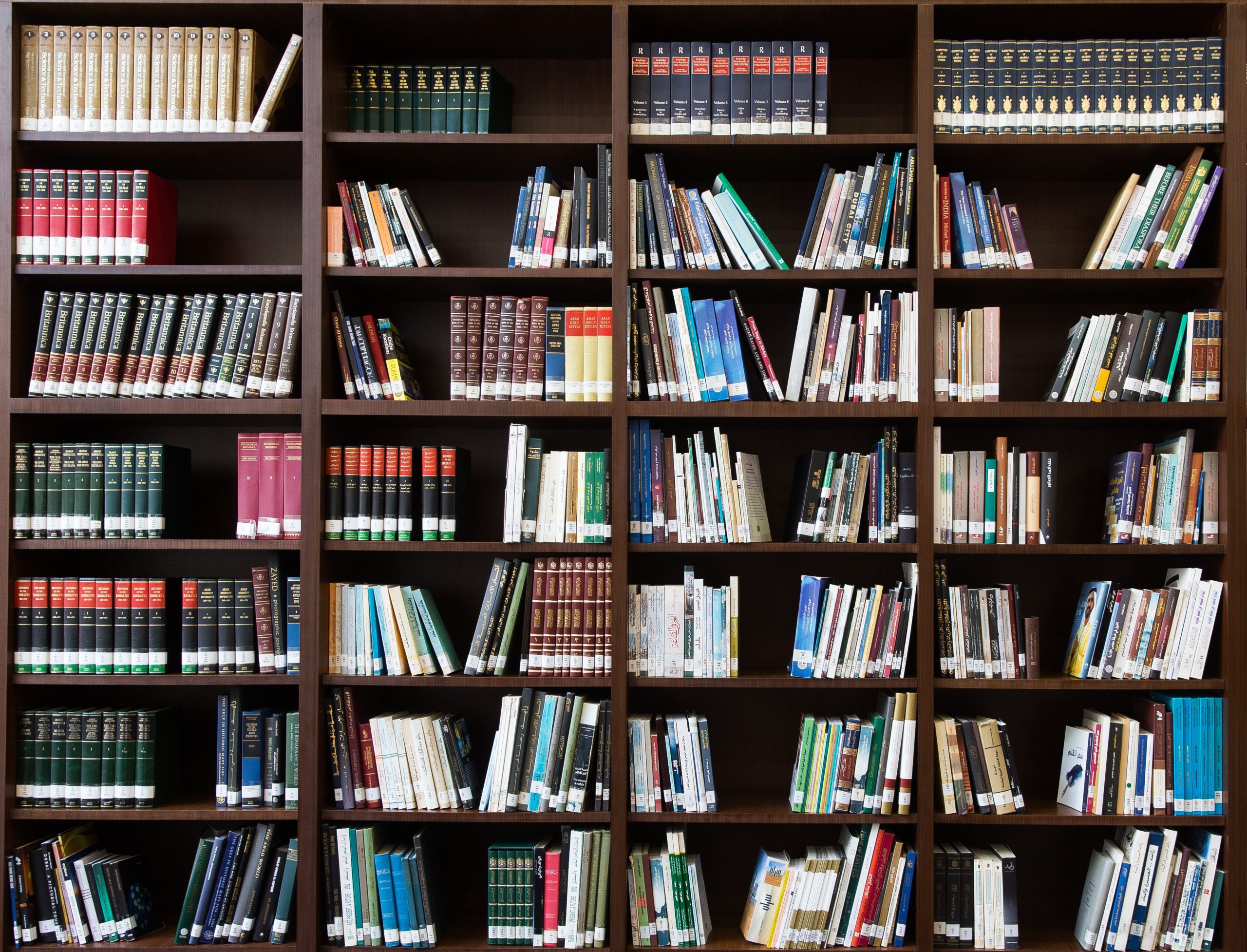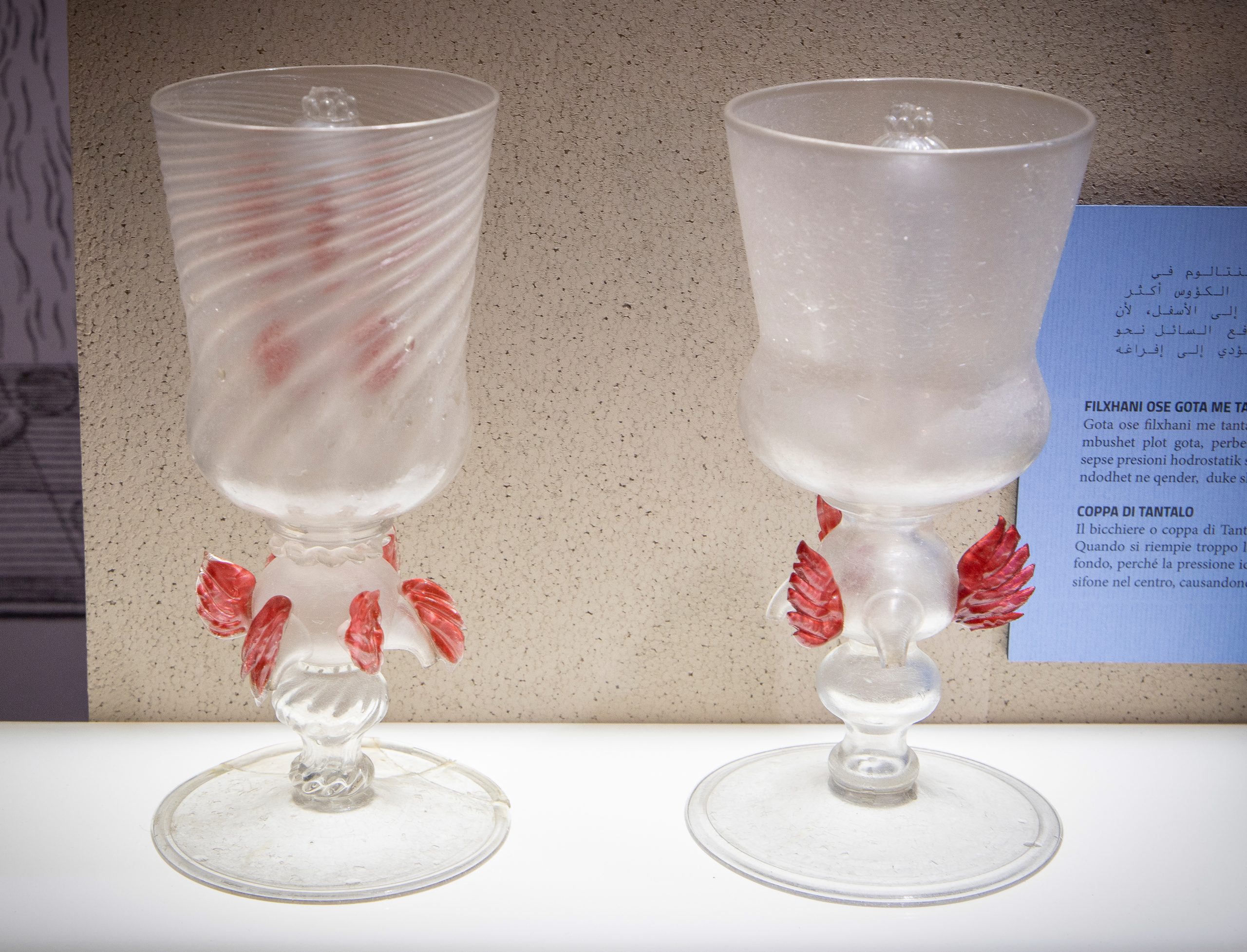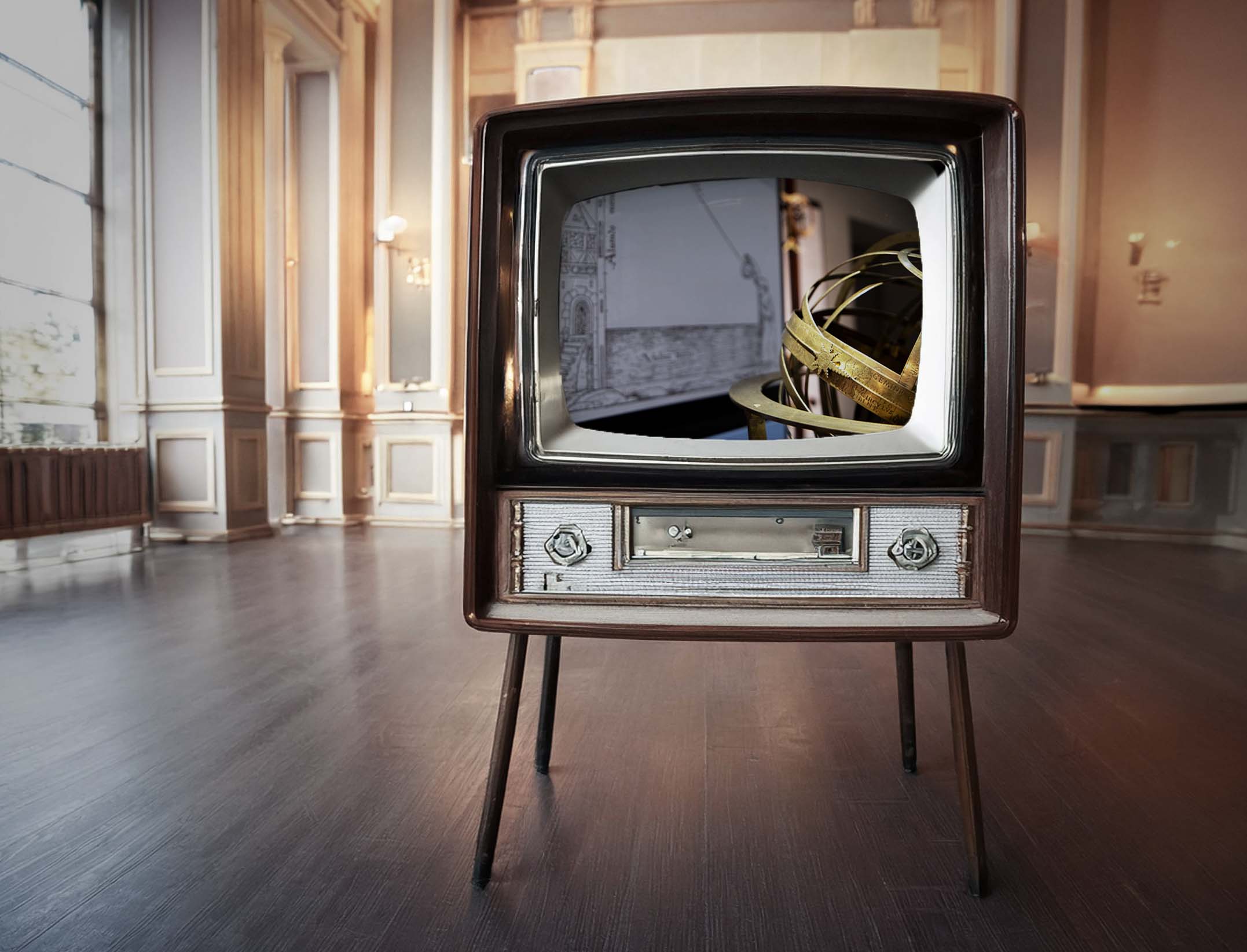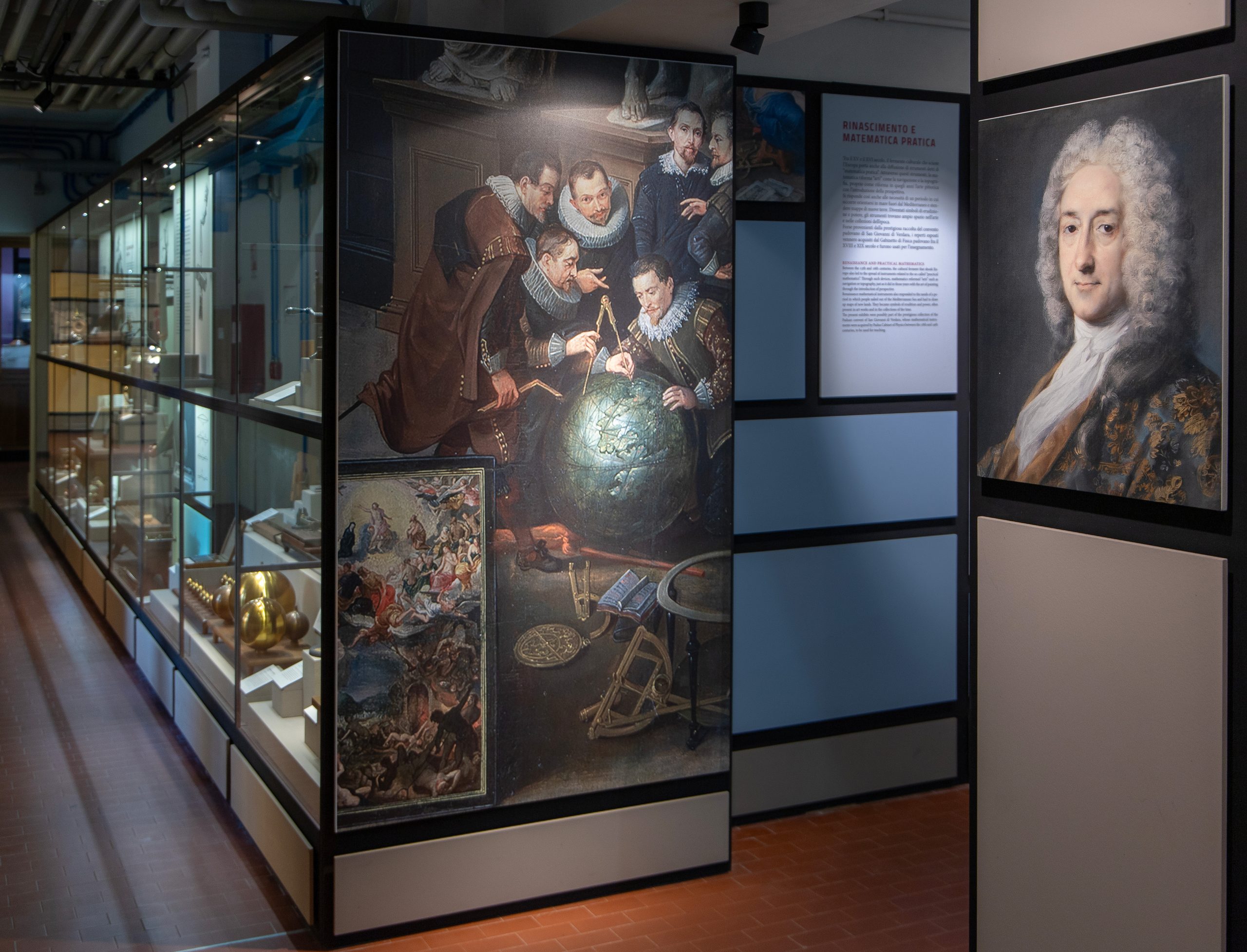THE COLLECTIONS
The collections of the Giovanni Poleni Museum at the University of Padua reflect centuries of research and teaching, offering multiple interpretations. Each instrument tells stories that interweave scientific and technological evolution, from astronomy to mechanics, from electricity to pneumatics, connecting to the history of the University and the professors who have succeeded to the chair of experimental physics from the eighteenth century to the present.
A collection with countless facets, therefore, which is difficult to divide into various sections without losing part of its richness and value. Aware of this limitation, we propose a journey that follows a chronological order, from Renaissance instruments to those of modern physics, including those of Giovanni Poleni’s Physics Cabinet and the sophisticated equipment of the 19th century. This choice allows us to explore the evolution of scientific thought and technologies, but the collection also offers many other readings, thanks to its richness and complexity.
16th and 17th century Instruments
Explore the scientific instruments of the Renaissance and the Scientific Revolution, unique testimonies of knowledge and innovation.
Giovanni Poleni's Physics Cabinet
Experiments and scientific demonstrations of the 18th century: a radically new teaching approach, born under Newton’s influence.
19th century Instrumentation
Pioneering instruments of the 19th century, testimony to an era of revolutionary discoveries in physics in Padua.
Modern physics
From studies on radioactivity to the first steps towards international collaborations: a journey through modern physics in Padua.
Towards the Heritage of the Future
A “living” collection that gathers the instruments of today’s physics to tell, even to future generations, the evolution of research and international scientific connections.
RESEARCH AND INSIGHTS
The collections of the Museum of History of Physics are the subject of constant scientific research, both by the museum and University staff, and by external scholars. These activities aim to enhance and deepen the knowledge of historical instruments, highlighting new possible interpretations and new potential of the collection to stimulate reflection, discussion, and critical thinking.
In this sense, the museum participates in various research projects, collaborates in exhibitions, and promotes conferences and seminars, with the aim of creating bridges between different people and cultures, and maintaining a continuous dialogue between the various sectors of knowledge, between past and present.
Awards and recognition
Finalist and winner of prestigious international awards: find out more about the recognitions obtained.
Why Poleni?
The museum is dedicated to Giovanni Poleni, a pioneer of modern physics in Padua, to remember the complexity and beauty of science, made up of hypotheses, exchanges, and often forgotten contributions.
Successes e failures
Stories of scientific successes and failures intertwine, revealing how context and circumstances can influence progress.
Physics and beyond
A collection that reveals the links between physics, art, architecture, and medicine, witnessing centuries of scientific and cultural progress.
The multiculturality of the collection
Science is born from exchanges between cultures and civilizations. Each instrument, like the astrolabe, tells this millennial dialogue that unites people and knowledge.
Science and society between yesterday and today
An insight into the evolution of the relationships between science and society, between unexpected discoveries, changes in perception, and innovations that shape the modern world.
Science from the Islamic world to Europe today
A project that has explored scientific and cultural exchanges between various civilizations and cultures, through working groups, conferences, and an exhibition dedicated to glass, from the past to the frontiers of modern science.
Erasmus+ “TWO - Teaching With Objects”
An international project that explores the use of historical objects to enrich university teaching, with a focus on innovative methodologies and digital contexts.
Projects
The Museum actively promotes research and enhancement projects, contributing to making the history of physics and scientific heritage known through restorations, exhibitions, and international collaborations.
Publications
Discover what has been written about the museum’s collections, among scientific and journalistic books and articles.
HISTORY
The origins of the Giovanni Poleni Museum collection date back to the eighteenth century, with the creation of the Physics Cabinet, a crucial place for teaching and scientific research in Padua.
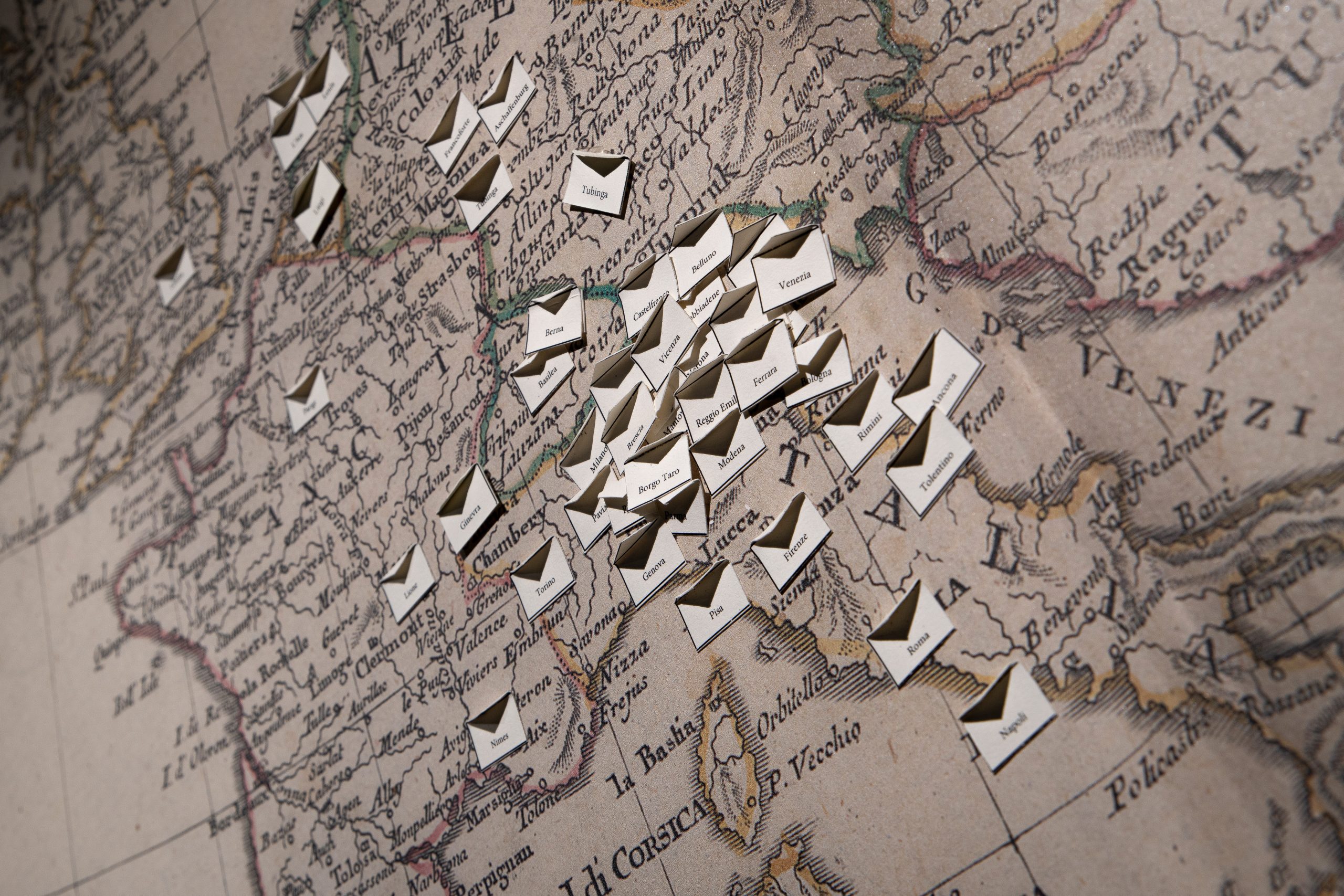
DIGITAL MUSEUM
Virtual exhibits
Our virtual exhibits bring the Giovanni Poleni Museum collections to life in digital format, allowing you to explore the history of physics and its instruments from anywhere you are.
Video gallery
A collection of videos that tell the story, activities, and recognitions of the Giovanni Poleni Museum, between dissemination, initiatives, and awards.
Digital collections
This digital archive allows you to explore historical instruments, documents, and images that tell the story of the evolution of physics. An accessible heritage online, which enriches the understanding of science over time.
ABOUT US
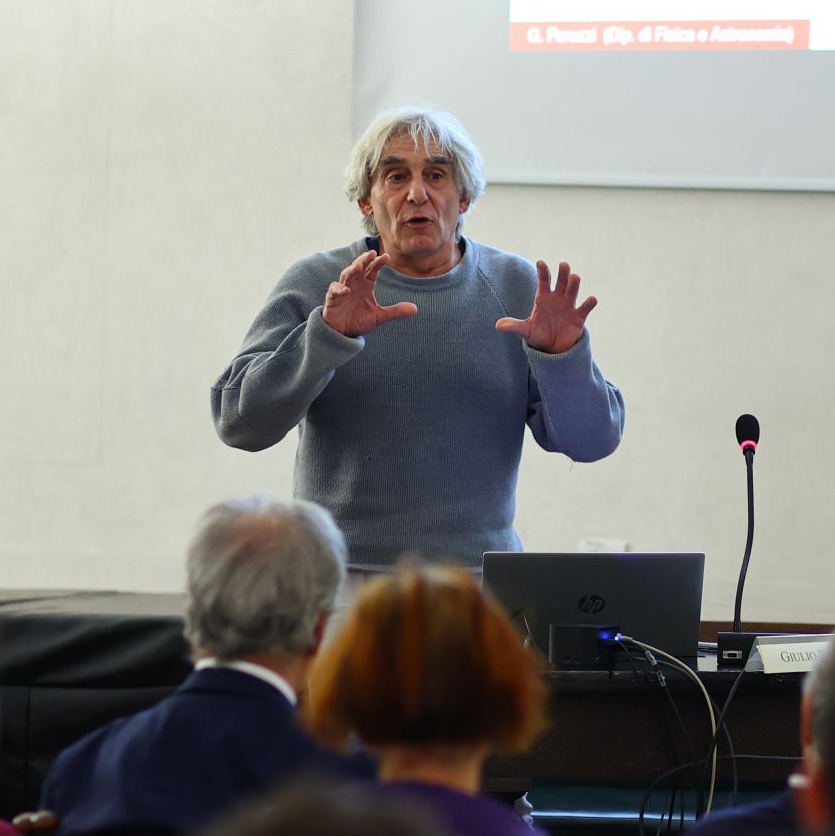
Prof. Giulio Peruzzi
Scientific Director
He graduated in Physics from the University of Florence in 1986. He was a Research Associate at the Mathematisches Institut der Universität München, with a grant from the Deutsche Forschungsgemeinschaft (DFG) and a postdoctoral fellow at the Department of Nuclear and Theoretical Physics, University of Pavia. He is an associate professor of History of Physics at the Department of Physics, University of Padua.
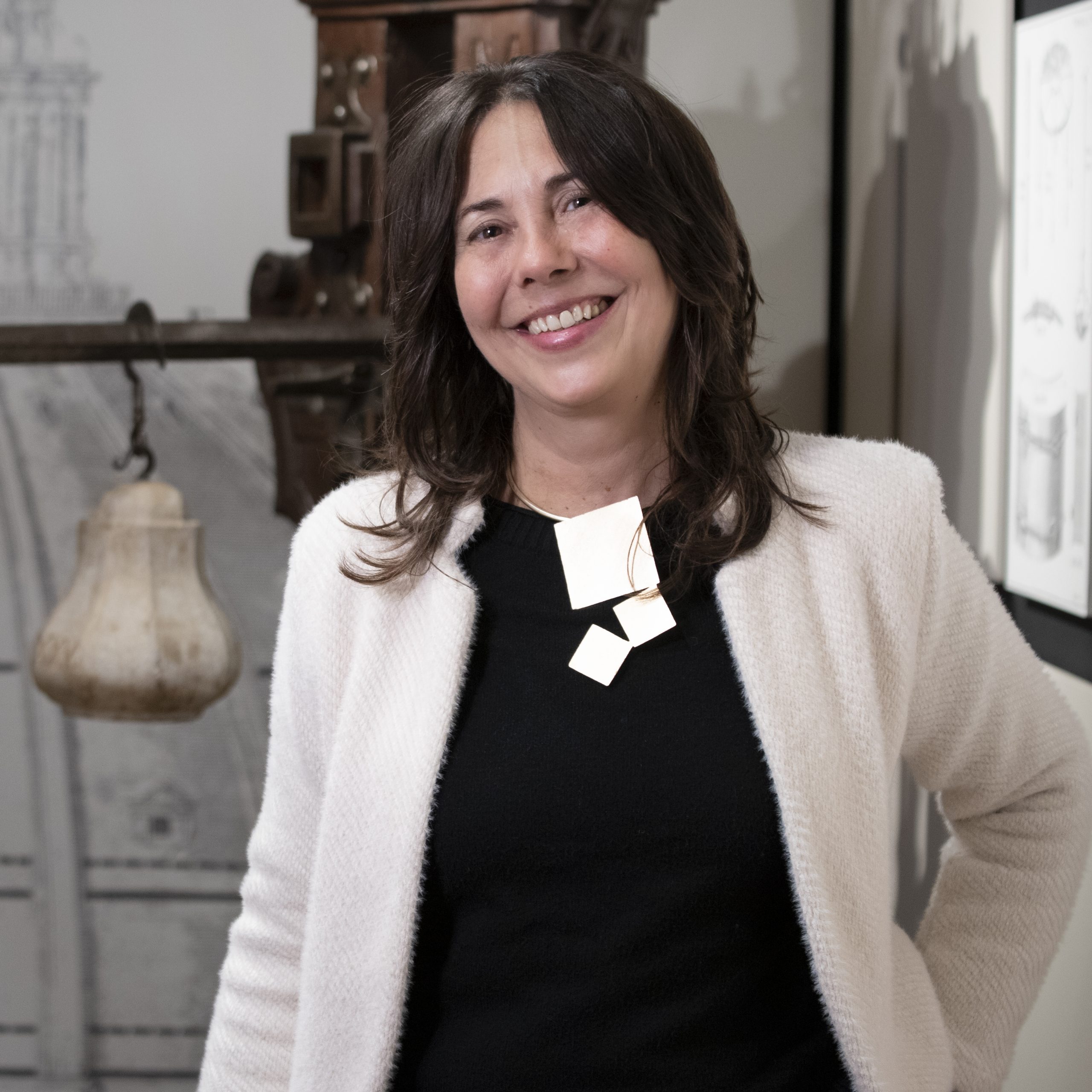
Dr. Sofia Talas
Conservator
A physicist, she is the curator of the Giovanni Poleni Museum at the University of Padua. She has worked at the Museum of History of Science in Geneva and has published volumes and articles on the history of scientific instrumentation and physics. She has held prominent roles in international associations dedicated to the history of science and the protection of academic heritage.
WHAT THEY SAY ABOUT US
“What to say…
A museum full of unique instrumentation of its kind. Recommended for everyone, families, curious people, groups of students. Excellent solution to spend 2 hours discovering science and physics.”
– Riccardo
“It must be visited because it is one of the historical jewels of Padua. There are splendid instruments that teach the genesis of physics, from the first ingenious experiments (in the field of magnetism, steam, electricity, to our times), it will remain in your heart!”
– Lucia
“Never liked physics? It doesn’t matter. Always found it difficult? Don’t be intimidated. In this place, you will understand how science was made, and how it was taught, and you will enjoy a privileged point of view on the history of Padua and on the world of science from the 1600s onwards. An essential visit not only for those who love science but also for history enthusiasts (not just of Padua!).”
– Alberto

